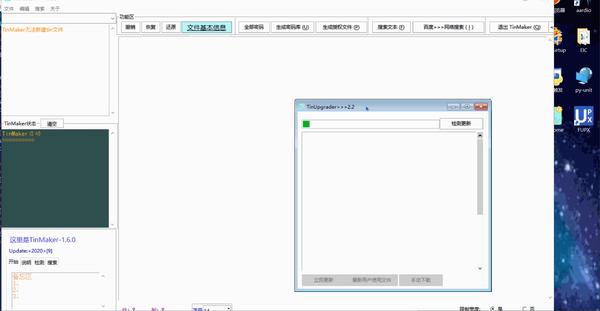

At the time you will stop moving the mouse, no more events need to be processed, so everything just stays still on the screen again. These are 'cursor move' events that the system must process to portray your cursor moving across the window. If you will move the mouse to another part of your application, something has to cause the movement of the mouse to be replicated by the cursor on your screen(on top of your GUI application).

Let us take a simple mouse movement example: Suppose that the pointer of the mouse is just sitting somewhere on top of your GUI application. The entire system of events that occurs from the beginning until the end of any GUI application is what drives it and hence it is also known as E vent-Driven Processing. Whenever an action is performed on any widget, an event is generated, which we can handle to perform any operation.Įvents(behavior of widgets) can include pressing a button, movement of the mouse, hitting the return or Enter key, gaining or losing 'focus', etc.
#Tkinter winfo exists code
You would want to execute some code logic when the end-user uses those widgets. But the GUI application is just the frontend of the application.
#Tkinter winfo exists windows
In Tkinter, we have windows and widgets coming together to form a GUI application. The behavior of widgets generates events, and the GUI's response to events is known as Callbacks - because they 'call' a function just to handle the event that occurred. The widgets also have some associated behaviors, such as when a button is pressed, or text is filled into a text field, so we have events attached to these actions. Similarly, if a widget is contained within another widget, it's known as a child of the parent, the parent is the next immediate enclosing container widget. If one widget contains other widgets, it is considered the parent of those widgets. The widgets can either be stand-alone or can be containers. Top-level windows are mainly stand-alone as part of your application, also you can have more than one top-level window for your GUI, but only one of them should be your root window.įirst of all, you need to design all your widgets completely, and then add the real functionality. The object that is returned by making a call to tkinter.Tk() is usually referred to as the Root Window. In Python, you'd typically do so like this using the following code: win = tkinter.Tk()

So, having a top-level window object will act as a container where you will put all your widgets. The little window objects can be text labels, buttons, list boxes, etc., and these individual little GUI components are known as Widgets. The top-level window object in GUI Programming contains all of the little window objects that will be part of your complete GUI. Let's dive in a little deeper, to understand some basics about the Tkinter module and how it works. Introduction to Tkinter Windows and Widgets In this tutorial, we will cover the basics of the Tkinter module, to explain what is a Tkinter Window, Widgets, and Frames which are the building blocks of GUI application in Tkinter.


 0 kommentar(er)
0 kommentar(er)
